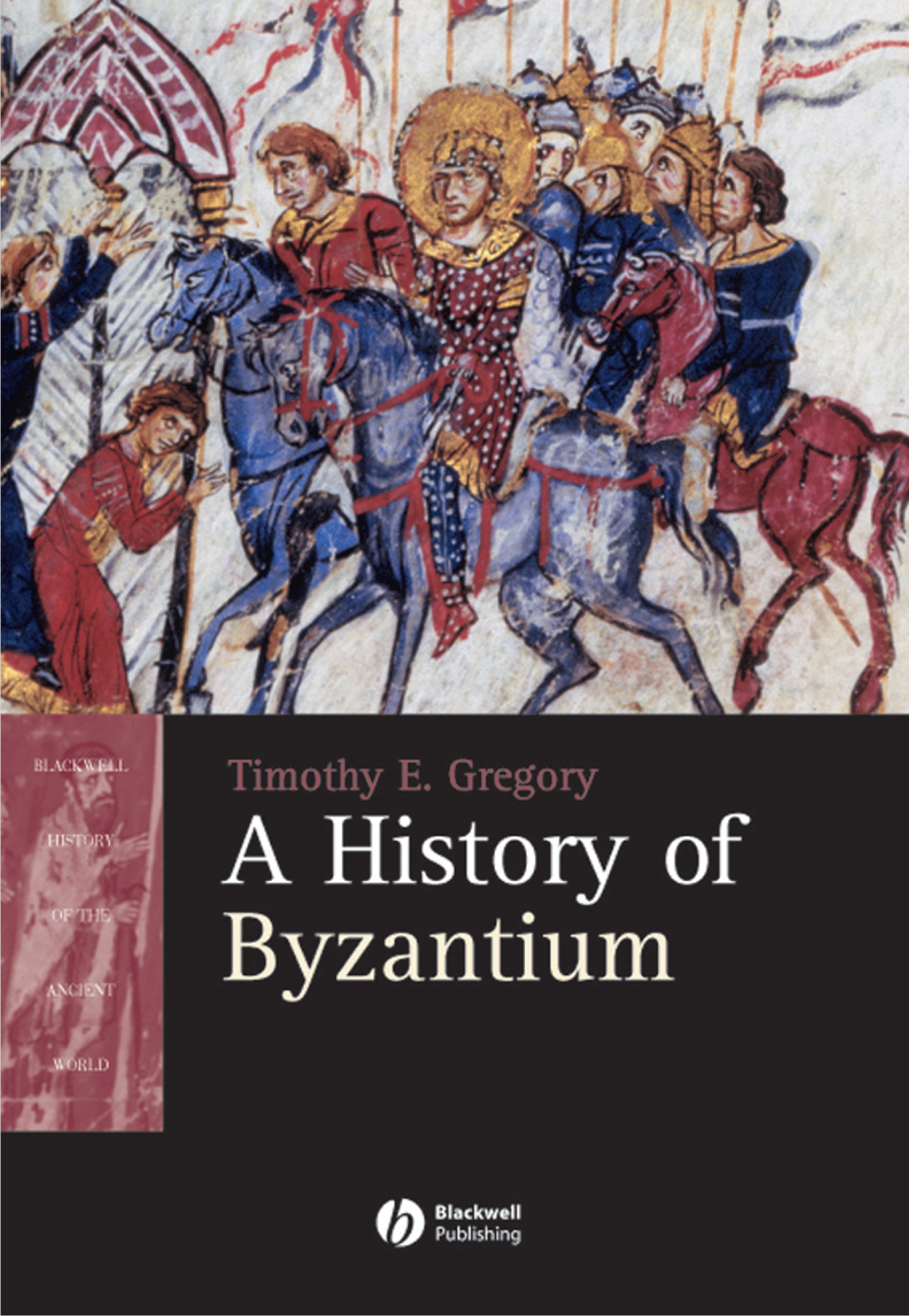A History of Byzantium
The book “A History of Byzantium” provides a comprehensive overview of the Byzantine Empire from the foundation of Constantinople in A.D. 330 until its fall in 1453. Here is a concise summary:
Key Themes:
• Origins and Continuity: The book emphasizes Byzantium as the continuation of the Roman Empire in the East, showing how Roman institutions, Christianity, and Greek culture shaped the empire.
• Political History: It covers major emperors, dynasties, and turning points, such as the reigns of Justinian, Basil II, and the Komnenian restoration, as well as key crises including iconoclasm and the Fourth Crusade.
• Religious Developments: There is strong focus on the Orthodox Church, theological controversies (e.g., Arianism, Monophysitism, and Hesychasm), and the Church’s role in society and politics.
• Military and Foreign Affairs: It details wars against Persians, Arabs, Turks, and Crusaders, and how Byzantium used diplomacy, strategic marriages, and military innovation to survive for centuries.
• Social and Cultural Life: The book explores life in Constantinople, provincial administration, class divisions, gender roles, education, and artistic achievements like mosaics and Hagia Sophia.
• Decline and Legacy: It outlines the fragmentation and eventual conquest of Byzantium, highlighting its enduring legacy in Orthodox Christianity, law, and medieval European history.
